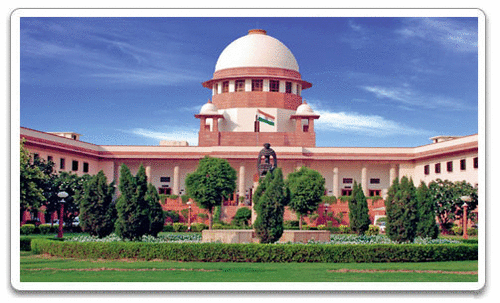The Dawn of High Courts in India The institutional journey of High Courts in India commenced in 1862, marking a pivotal moment in the legal history of the country. Initially established in Calcutta, Bombay, and Madras, these courts laid the foundational stones of the judiciary. In 1866, Allahabad welcomed its High Court, expanding the judicial reach within British India. This evolution signified not just the expansion of legal infrastructure but also the adaptation of the judicial system to the geographical and administrative diversity of India.
High Courts Post-Independence:
An Overview Post-1950, the High Courts’ landscape saw a transformation with the reorganization of states. The Indian Constitution, adopted in 1950, envisioned a High Court for each state, embedding flexibility through the Seventh Amendment Act of 1956 to establish common High Courts for two or more states or territories. Currently, India boasts 24 High Courts, with three serving as common courts for multiple states. Delhi, uniquely, has maintained its own High Court since 1966, highlighting the tailored approach to judicial administration in the country.
Appointment of Judges:
- A Collaborative and Rigorous ProcessPresidential Appointments: The President of India appoints High Court judges, a process steeped in consultation to ensure the selection of competent judges.
- Chief Justice’s Role: The Chief Justice of India, along with the governor of the concerned state and the chief justice of the respective High Court, plays a crucial role in the appointment of judges.
- Collegium System: Stemming from landmark judgments in 1993 and 1998, the appointment process involves a collegium system, reinforcing the principle of judicial independence and collaborative decision-making.
Territorial Jurisdiction: Ensuring Justice Across the Nation Each High Court’s jurisdiction is aligned with the territorial boundaries of the state it serves. This structure ensures that every state’s legal needs are met, with the provision for common High Courts further facilitating judicial efficiency and resource optimization.
Conclusion:
The Pillars of Justice in India The High Courts in India are more than just institutions; they are pillars of democracy and justice. Their evolution from the British era to the present constitutional framework reflects the dynamic nature of India’s judicial system, adapting to the changing needs of the society it serves.
Multiple Choice Questions (MCQs):
- When were the first High Courts established in India? A) 1857 B) 1862 C) 1875 D) 1882
- How many High Courts are there in India currently?A) 21 B) 24 C) 29 D) 31
- Which union territory has its own High Court? A) Chandigarh B) Lakshadweep C) Delhi D) Puducherry
- What was the significance of the Third Judges case in 1998? A) It introduced the collegium system. B) It abolished the collegium system. C) It mandated the sole consultation of the Chief Justice of India. D) It required the Chief Justice of India to consult a collegium of two senior-most Supreme Court judges.

2 thoughts on “Appointment of Judges of High Court”